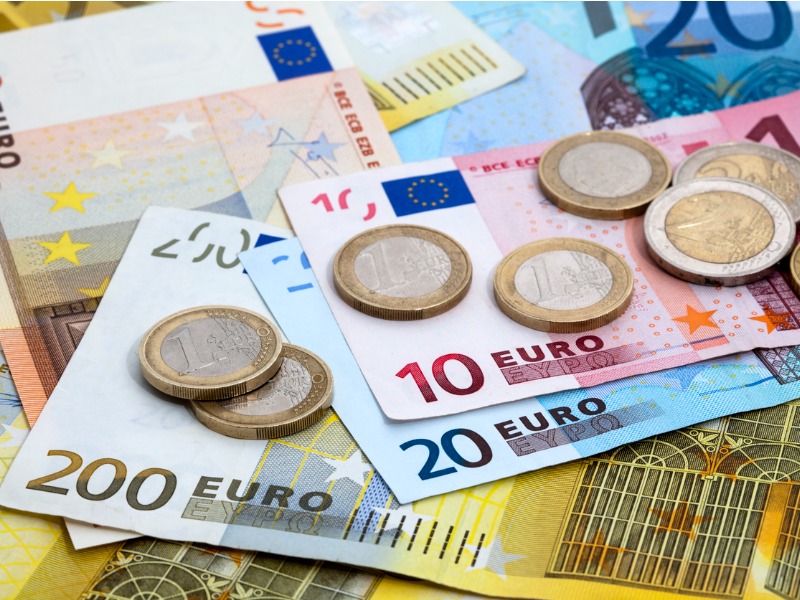
Europe’s economy scraped out meager gains at the end of last year as galloping inflation fed by high energy prices and Russia’s invasion of Ukraine deterred people from spending in shops and restaurants.
Economic output crept 0.1% higher in the last three months of 2022 from the previous quarter, European Union statistics agency Eurostat reported Tuesday, avoiding an outright downturn as warmer-than-usual winter weather shelved fears of energy rationing.
For all of 2022, the economy grew 3.5%, outpacing the 2.1% expansion in the U.S. and China’s 3% growth last year.
The countries that share the euro currency — 19 in 2022, now 20 after Croatia joined the eurozone in the new year — appeared to have avoided the worst case scenario: forced industrial shutdowns from running out of natural gas after Russia halted most supplies. Warmer weather and efforts to find new supply that comes by ship instead of pipeline from Russia have eased that worry for now.
Nonetheless, natural gas prices are still three times higher than before Russia started massing troops on Ukraine’s border, after rising to a record of 18 times that level in August. Those prices are hitting utility bills and leading companies to pass on costs to customers by charging more for goods and food.
“Growth was still very weak,” said Rory Fennessy, European economist at Oxford Economics. He added that “the positive reading could mask underlying weakness in domestic demand” and that “private consumption is likely to have contracted.”
“The main reason” pushing Europe into positive territory was strong growth of 3.5% in Ireland — a figure usually “distorted” by the large number of foreign firms located there for tax reasons, said Martin Moryson, chief economist for Europe at asset manager DWS. Major economies Germany and Italy shrank, by 0.2% and 0.1%, respectively.
Growth also faced headwinds from reduced activity in China, a major trade partner, due to the severe Covid-19 restrictions that have since been lifted. A possible economic rebound there is a key question for Europe and the global economy this year, given China’s previous role as a motor of global growth.
While underwhelming, Europe’s growth figure at least raises the chance it will scrape by without a technical recession even if economic expansion is negative in the first three months of this year. Two straight quarters of falling output is one definition of recession, although the economists on the eurozone business cycle dating committee use a broader range of data such as unemployment and the depth of the downturn.
The news comes as the International Monetary Fund raised its forecast for global economic growth this year to 2.9% from 2.7% — not great but an improvement based partly on hopes for China. A stronger global economy is important for Europe given its extensive trade links.
Fears of lagging economic growth so far have not deterred the European Central Bank from its series of interest rate increases, which are sharply raising the cost of borrowing for businesses and consumers in an attempt to cool off inflation.
Consumer prices jumped 9.2% in December from a year earlier, far above the central bank’s goal of 2%. Rate increases are the chief antidote to excessive inflation but can slow the economy by making it more expensive to buy a house or a car on credit or borrow to expand a business.
The central bank’s governing council is expected to add another half-percentage point rate hike at its meeting Thursday.
Rate increases by other central banks around the world, including the U.S. Federal Reserve and the Bank of England, also have added strain to the global economy. ECB officials say that raising rates now and capping inflation before it gets baked into the economy avoids the need for more drastic action later.